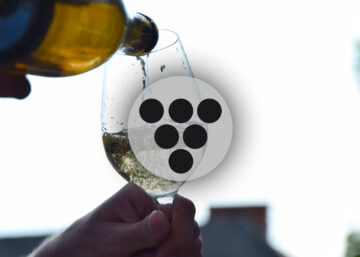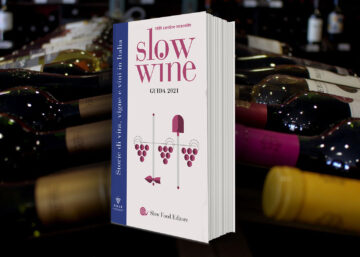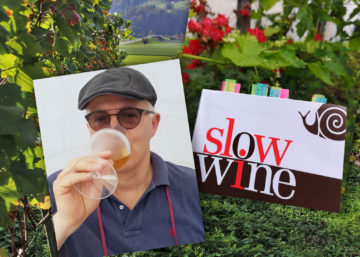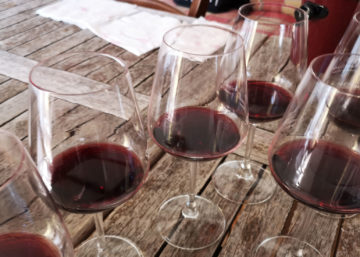Da quando il Prosecco è ormai una moda mondiale (una domanda e un affermazione allo stesso tempo), sento confidenzialmente chiamare questo nobile vino con un vezzeggiativo che stride come un gessetto sulla lavagna.
Il prosecco di Conegliano e Valdobbiadene, delle colline intendo, non solo è un vino nobile ma anche il motivo trainante del successo che sta vivendo. Ora anche Patrimonio dell’Umanità Unesco.
La qualità del Prosecco di collina è mediamente altissima e l’impegno dei vignaioli è enormemente maggiore di altre zone più blasonate.
Le sfumature di ogni versante, le rive, sono veramente importanti e qualificanti circa la grandezza aromatica e della complessità dei fattori che contribuiscono all’unico risultato finale.
Più fine magro e floreale in certe zone alte di Valdobbiadene, più pieno, carnoso e fruttato in altre zone verso Conegliano.
Sempre comunque un gran vino.
Le condizioni di allevamento su pendii vertiginosi, la cura sempre più virtuosa dei vigneti, l’amore palpabile per un territorio sino a pochi anni fa in difficoltà economiche, l’entusiasmo di tanti giovani produttori, la forza di tante aziende storiche e ancor una certa sana ruralità, non ultimo la qualità, si la qualità eccelsa di certe bottiglie, mi fanno pensare ogni volta che no, non si può chiamare “prosecchino”.
Uno slogan mi martella in testa come a certe manifestazioni popolari: No prosecchino! No prosecchino! No prosecchino!
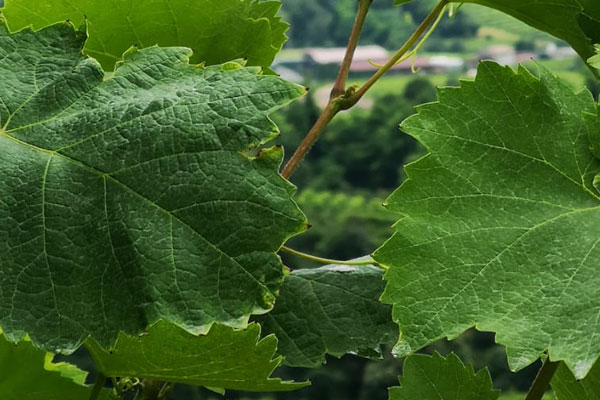
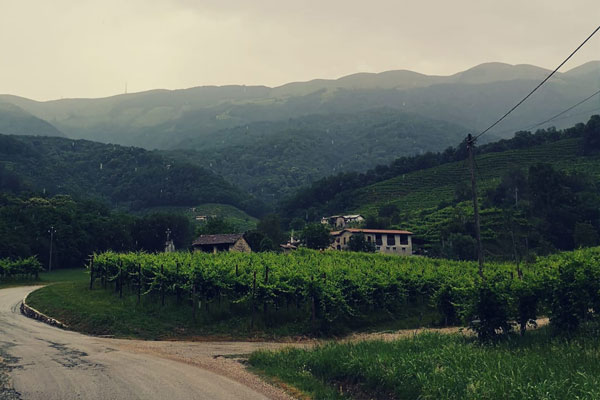
Ever since Prosecco has become a worldwide trend (a question and a statement at the same time), I feel confidentially calling this noble wine with a nickname that screeches like a chalk on the blackboard.
The prosecco from Conegliano and Valdobbiadene, of the hills I mean, is not only a noble wine but also the driving force behind the success it is experiencing. Now, it become also a UNESCO World Heritage Site.
The quality of the Prosecco of the hills is on average very high and the commitment of the winemakers is enormously greater than in other more high end areas.
The nuances of every side, the shores, are really important and qualifying about the aromatic greatness and the complexity of the factors that contribute to the only final result.
Finer, thinner and more floral in certain high areas of Valdobbiadene, fuller, more fleshy and more fruity in other areas towards Conegliano. Always a great wine anyway.
The breeding conditions on dizzy slopes, the increasingly virtuous care of the vineyards, the palpable love for a territory until a few years ago in economic difficulties, the enthusiasm of many young producers, the strength of many historical companies and still a certain healthy rurality, and last but not least the quality, yes the excellent quality of certain bottles, make me think of it whenever you can’t call it “prosecchino”.
A slogan pounds my head like some popular demonstrations: No prosecchino! No prosecchino! No prosecchino!
